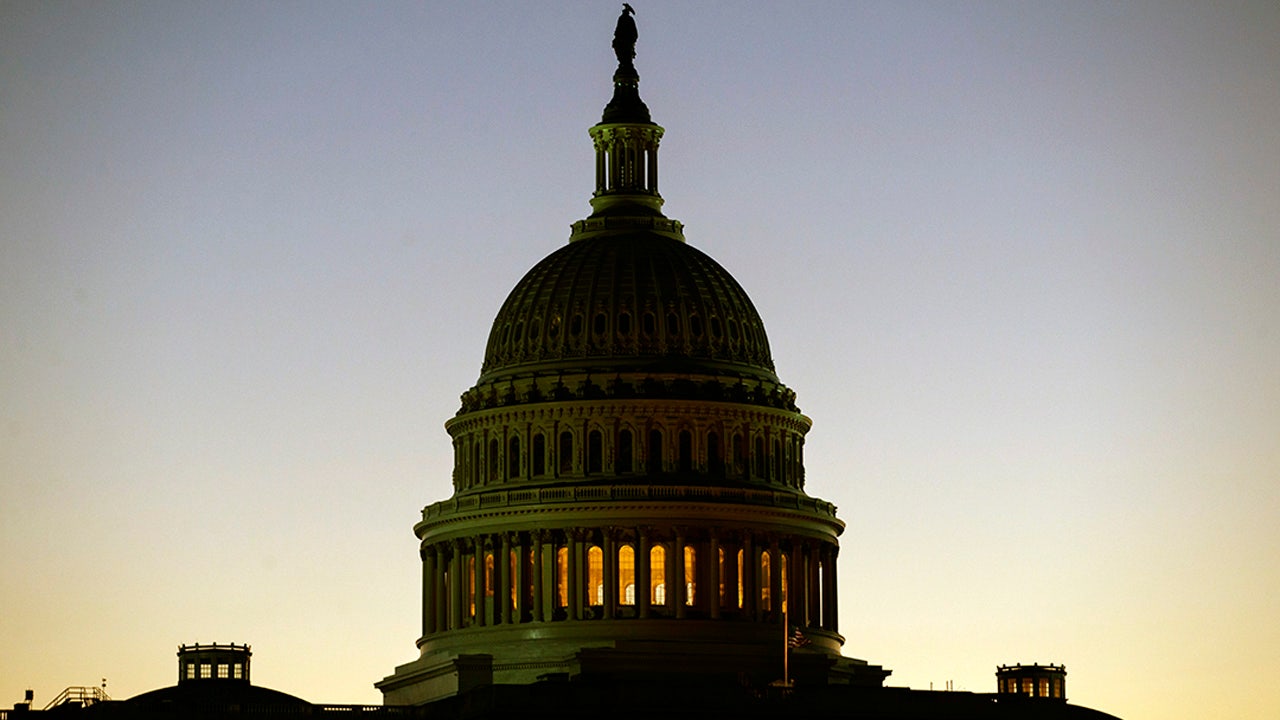MINOT — The board overseeing the North Dakota University System has awarded the interim chancellor the permanent role and changed the name of that role in the process.
The State Board of Higher Education unanimously approved Brent Sanford as commissioner of the system at its meeting Tuesday, Sept. 23, in Minot.
Sanford, a former Republican lieutenant governor, was
named the interim university system leader in April,
replacing Chancellor Mark Hagerott,
who stepped down around the same time.
In August, Board Chair Kevin Black told a legislative committee meeting in Dickinson that
he favored skipping a nationwide search in favor of giving Sanford the job.
Before the vote Tuesday, Black called it a “once-in-a-generational opportunity” to appoint Sanford, whom he said can make a true difference for higher education.
“For those reasons, I think doing the right thing and putting the right person in the seat trumps the process. In this case, I think it is absolutely 100% worth it,” Black said.
Other board members praised Sanford, indicating he was an obvious choice.
“I can always recognize the guy that’s got that ‘it factor,’ and in my opinion, Brent’s got that ‘it factor,’ and I’m excited about his opportunities to come and lead this university system,” said Member Tim Mihalick.
Said Member Danita Bye, “We could have done a national search and Brent would be our top candidate.”
Black said despite changing the title to commissioner, a motion that also received unanimous approval, the role of the position does not change.
“What I think the board is really saying through this motion is that we believe it’s important to align with what the Constitution says and what Century Code says,” he said.
To reflect the change, Board Vice Chair Donald “D.J.” Campbell laid out further amendments to other leadership titles.
The chancellor will become commissioner, the vice chancellor for academic and student affairs will become deputy commissioner/chief academic and student affairs officer, and the vice chancellor for administrative affairs will become deputy commissioner and chief financial officer, he said.
Before the vote on Sanford took place, he gave a presentation to the board and answered questions from board members.
Member Patrick Sogard asked about
a perception among some in the public
of Sanford’s lack of experience in academia.
Hagerott, who had led the university system since 2015, had a doctorate degree, and other recent chancellors have had master’s or other advanced degrees.
Sanford said his experience interacting with higher education as lieutenant governor was valuable.
He added that he was truly enjoying the role as interim chancellor.
“You can probably tell I do and I find it a better fit than I thought it would be, because it’s turning out that this job is very much a government leadership, government administrator, political administrator, type job that I’m used to,” Sanford said.
Also slated to be discussed Tuesday was
consideration of a policy change stating presidential vacancies at colleges and universities may be filled without doing a search.






























